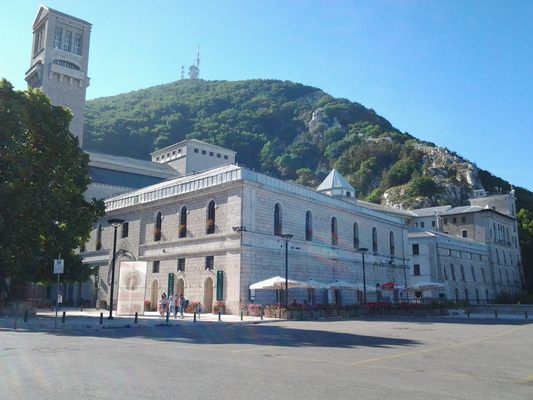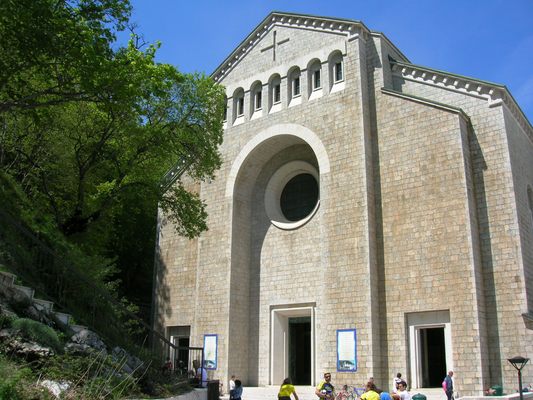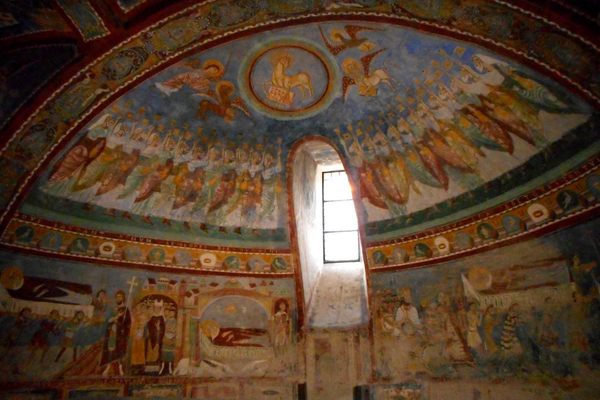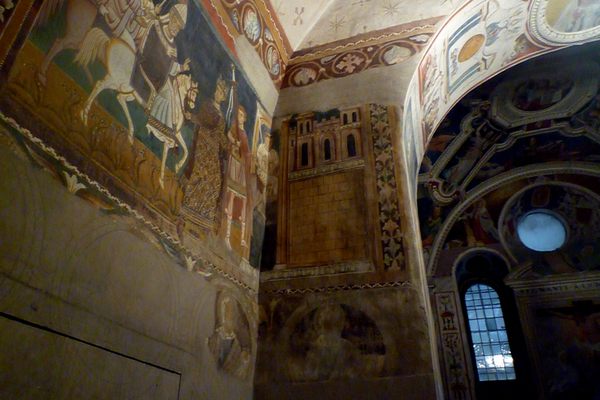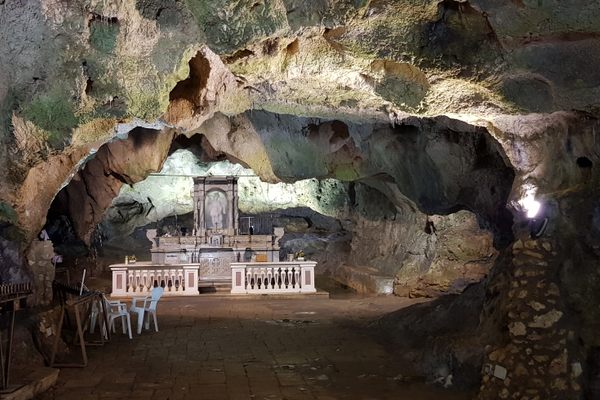About
The Montevergine Sanctuary is a religious complex located at a height of 4,170 feet above sea level, on the limestone massif of Montevergine, among the Appenine mountains of Campania, in southern Italy.
The sanctuary was founded by the hermit Saint William of Vercelli (known also as William of Montevergine) in 1119, along with the monastic Order of Montevergine. The main area of the complex, the abbey later called Territoral Abbey of Montevergine, soon became the most important religious center in the area, with many other monasteries rising under its dependency.
Between the 12th and 14th centuries, many works of art and relics were stored in the sanctuary, notably a 13th-century Byzantine Black Madonna. In the following centuries it experienced a deep crisis. Works of art were taken away to other churches or monasteries, andsome areas were damaged by a fire, and the main nave of the abbey collapsed. Starting in the late 19th century, the monastery was restored, works of art were returned, and the sanctuary became a national monument.
Between 1939 and 1946, the sanctuary was the secret place in which the Shroud of Turin was stored to hide it from Hitler, who strongly wanted the famous artifact. A funicular linking the sanctuary with the nearby town of Mercogliano was built in 1956, and a new church was inaugurated in 1961. Other additions made during the long history of the sanctuary include a library, an 18th-century pharmacy, a crypt, and a museum.
Related Tags
Flavors of Italy: Roman Carbonara, Florentine Steak & Venetian Cocktails
Savor local cuisine across Rome, Florence & Venice.
Book NowCommunity Contributors
Added By
Published
June 30, 2020
